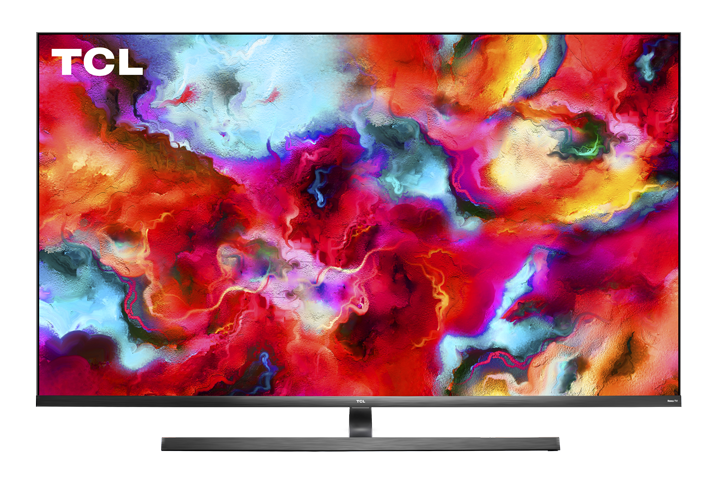Audio Return Channel (ARC) and Enhanced Audio Return Channel (eARC) are both standards used to simplify the setup and reduce the number of cables needed for audio connectivity between your TV and sound system, such as an A/V receiver or soundbar. However, eARC is an advancement over ARC with several key differences:
Bandwidth and Speed
- ARC: Utilizes HDMI 1.4 and supports up to about 1 Mbps of bandwidth, which is enough for stereo audio or 5.1 surround sound from Dolby Digital or DTS.
- eARC: Part of the HDMI 2.1 specification, offering a much higher bandwidth (up to 37 Mbps), which supports higher-quality audio formats, including those with higher bit rates.
Audio Quality
- ARC: Supports standard audio formats such as Dolby Digital, DTS, and PCM.
- eARC: Supports all the audio formats ARC can, plus high-resolution audio and advanced formats like Dolby Atmos and DTS:X via uncompressed 5.1 and 7.1 surround sound, and even 32-channel audio.
Lip Sync Correction
- ARC: Capable of lip sync correction, but it's not always effective, leading to mismatches between video and audio in some setups.
- eARC: Includes mandatory support for Lip Sync Correction, ensuring that the audio matches the video timing perfectly.
Compatibility and Cables
- ARC: Works with HDMI cables that support HDMI 1.4 or higher.
- eARC: Requires HDMI cables that are labeled as "Ultra High Speed" to support the bandwidth necessary for the advanced audio formats. However, eARC is also backward compatible with ARC, so eARC devices can still connect with ARC devices, but will only operate with ARC's limitations.
Communication and Control
- ARC: Supports Consumer Electronics Control (CEC), allowing users to control basic functions of connected devices with one remote.
- eARC: Enhances the CEC functionality, offering more reliable device control and simplifying the setup process even further.
In summary, eARC provides significant improvements over ARC, especially in terms of audio quality and format support, making it a better choice for audiophiles and those seeking the best possible home theater experience. However, to fully benefit from eARC's capabilities, all connected devices must support the standard.
